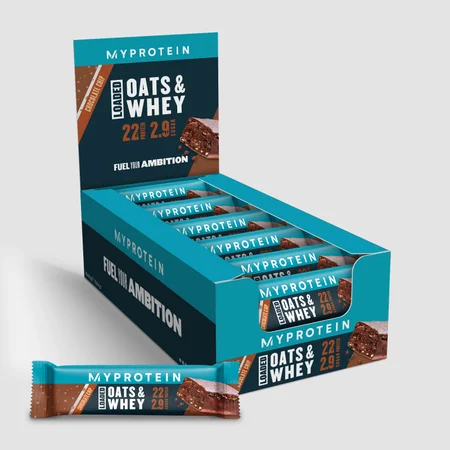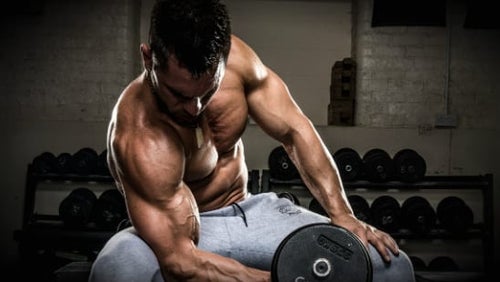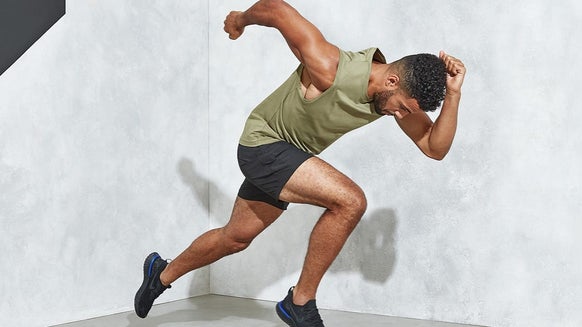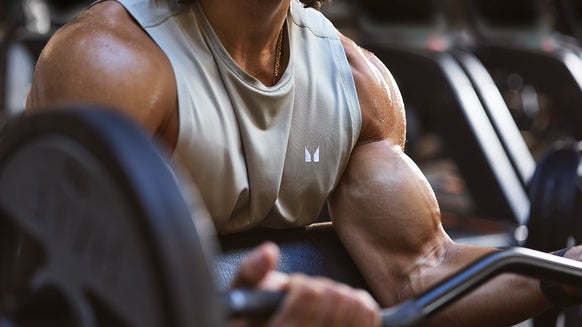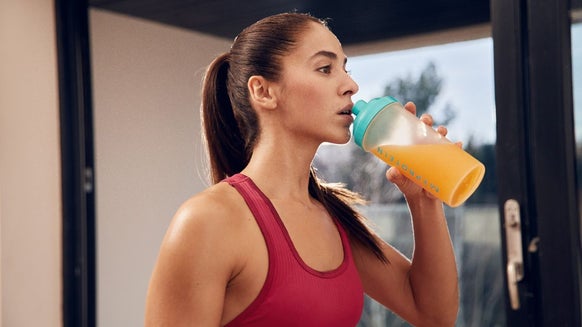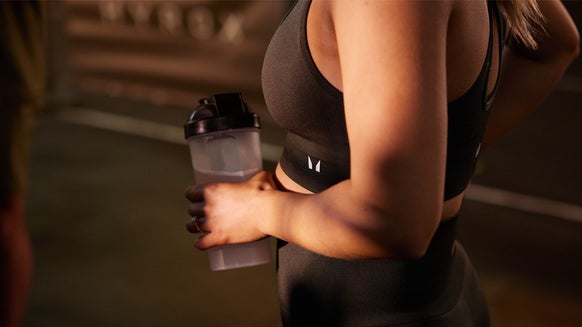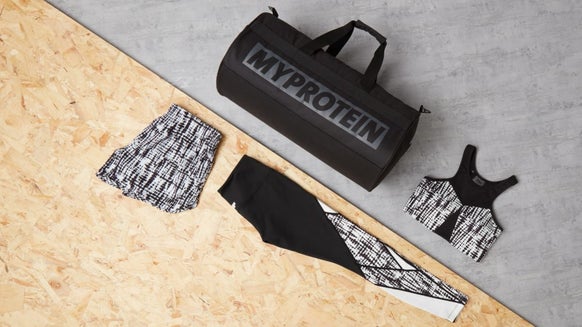The 15 Best Forearm Exercises for Mass
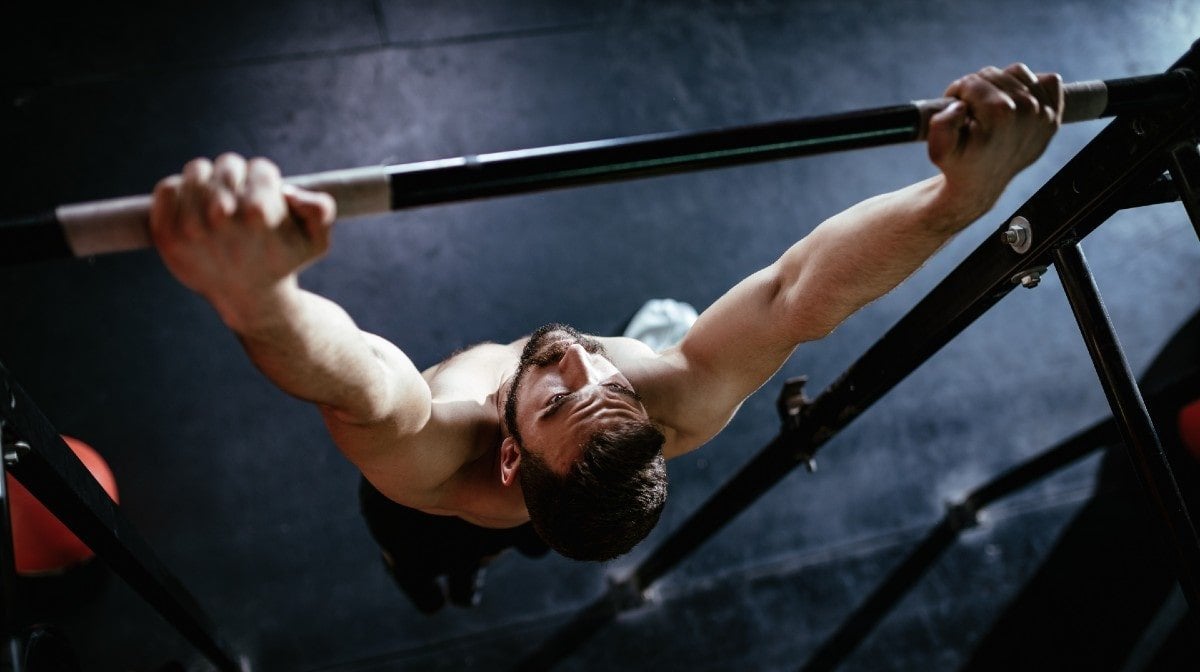
For most of us, when we talk about our arms routine, it’s all biceps, triceps, and shoulders. In the effort of building bigger biceps and horseshoe triceps, we tend to neglect directly training our forearms. Training your forearms directly can help you to have a stronger grip for other lifts, such as the deadlift, and can also significantly increase the hypertrophic response to training, instead of training them indirectly with other arm exercises.

Most gym goers would agree that training arms and performing deadlifts will simultaneously train the forearms, and that’s correct, although these methods usually consist of isometric contraction of the flexors and extensors of the forearms. This means that the muscle length remains relatively constant during the exercise. While isometrics certainly provide some stimulus for increases in muscle strength and size, optimal training for hypertrophy would typically include exercises that include concentric and eccentric contractions, maximising muscle damage ready for repair and growth.
Forearm Exercises
1. Reverse Wrist Curl
The reverse wrist curl targets the top or extensor muscles of the forearms – this forearm exercise has a few variations – dumbbells/barbells/standing/sitting etc. - Start with a biceps curl rod or dumbbells with a manageable weight and face your palms upside down.
- Rest your forearms on the bench, or your knee if you’re sitting a little further back. Your wrist should be outside the bench in that case.
- Without lifting your forearms, try to pull your wrists up. Keep the movement slow.
- Hold the contraction for around 2 seconds when in the flexed position before returning to the start position in a controlled manner.
2. Wrist Curl
- Start with a biceps curl rod or dumbbells with a manageable weight. Keep your palms as if you’re doing a barbell curl (facing upwards).
- Rest your forearms on the bench and ensure your wrist is outside the bench as shown (upside down) in the figure above.
- Without lifting your forearms, try to pull your wrists up, keeping the movement slow.
- Hold the movement for some time at the peak concentration level before slowly lowering the bar or dumbbells back to the start position.

3. Farmer’s Walk
Start by choosing your variation of the Farmer’s walk – dumbbells (heavy), short barbells etc. - Begin this exercise by positioning yourself in-between your weights choice.
- Lower yourself down and grip the handles firmly.
- Keeping your back straight and head forward, power through your heels to raise yourself up.
- Steps should be short – move forward quickly for the furthest distance available in your gym/training area.

4. Wrist Roller- A Creative Forearm Workout
- A great grip-strengthening exercise!
- Some gyms will have a specific piece of equipment to perform this exercise – if not, don’t hesitate to get creative and make one yourself!
- Hold the grip with hands extended and slightly above your shoulder height.
- Unroll the weight by rotating your wrists forward until the weight will go no further (don’t bend your elbows throughout).
- Contracting your prominent wrist forward for the full stretch, begin to roll the bar backwards. Actively feel each muscle contracting and retracting to engage your mind-muscle connection.
- Return to the starting position (weight at the top) and repeat.
5. Gorilla Grip Trainer
- The machine allows you to go heavy and train forearms very effectively – if your gym has one, make sure you use it!
- Adjust the weight accordingly – use your fingers but do isolate your thumb while grabbing the top bar.
- With the four fingers and keeping the palm open, grab the bar attached to the weight, squeezing the fingers and try to pull the bar up – try to achieve as much contraction as you can get. Keep the movement slow.
- Don’t involve the thumb in the movement.
- Try to do as many reps as you can – change hands to complete a set.
6. Standing Olympic Plate Hand Squeeze Extension
- Using a standard iron weight disc, select an appropriate load. Use a plate that has a 1cm rim around the edge of the plate.
- From a standing position, grab the edge of the plate using your fingertips.
- Keeping your arm close to your side, hold the plate for around 8-10 seconds (if you can go for a lot longer, then increase the load!). Of course, the maximum load you can use will be a 25kg disc, so if you are finding that easy then go for maximum time.
7. Plate pinch
- Using a bumper plate, select an appropriate load. This will likely require a lighter load as the thickness of the weight disc is far greater than that of iron plates.
- From a standing position, grab the edge of the plate by spreading your thumb to one side and your fingertips to the other, creating the ‘pinch’.
- Squeezing hard, stand up so the load is elevated from the floor (do not hold it above your feet due to the risk of dropping the weight!).
- Hold for around 10 seconds before switching to the opposite arm
8. Zottman curl
- Starting in the standing position, with an appropriate load for a dumbbell bicep curl.
- Using a supinated grip (palms facing forwards and thumbs pointing out to the side), flex only at the elbow, keeping them tucked into your sides and stationary throughout the exercise.
- Once you have lifted the load to the top of the rep, with your elbows fully flexed, you will then pronate your forearms (rotate the dumbbells so that your palms are now facing the floor and thumbs are pointing towards each other).
- Slowly lower the load in a controlled manner before resetting to the start position and executing the next rep.
9. Hammer curl
- Start in the standing position with a dumbbell in each hand, using a neutral grip (palms facing your legs and thumbs pointing forwards).
- Keeping your elbows stationary and tucked to your slides throughout the exercise, flex only at the elbow to bring the weight up towards your shoulders.
- Squeeze at the top for around 2 seconds before slowly returning to the start position in a controlled manner.
10. Dead hang
- Using a pull up bar, grab the bar with an overhand grip with your hands placed around shoulder width apart or slightly wider.
- Relax your arms (but not your grip!) and pull your shoulder blades back and down (known as scapular setting).
- Hold on for as long as you can to build the muscular endurance in your forearms, then repeat for a few more sets (after a bit of rest!).
11. Towel pull up
- Using a pull up bar, drape a towel over the bar, although it should be bunched up to resemble a rope.
- Grab the two hanging parts of the towel with a tight grip, then perform a normal pull up, driving your elbows down towards the ground and squeezing your shoulder blades and lats as you do so.
- Slowly lower to the start position before initiating the next rep. Aim for max reps, ending the set at concentric muscular failure or technical degradation.
12. Rope climbs
- Using either a free hanging rope or a rope pull machine, grab the rope with a firm grip. If using a free hanging rope, ensure the drop zone is safe and use your feet to assist in the climb.
- Squeeze the rope and alternate hands as you pull.

13. Pull up
- Grab a pull up bar using an overhand grip, with your hands placed around shoulder width apart or slightly wider.
- Engage your lats and the muscles around your shoulder blades by actively pulling your shoulders back and down.
- Pull your elbows down towards the floor, maintaining a tight grip throughout. Squeeze at the top for around 2 seconds before slowly lowering yourself to the start position in a controlled manner.
14. EZ-bar preacher curl
- Using an EZ-curl bar on a preacher curl rack (or using an inclined bench), grab the bar on the designated areas.
- Keeping your triceps pressed against the bench/rack, flex only at the elbow to perform the bicep curl, flexing the load up towards your shoulders.
- Slowly return to the start position, completing around 8-12 repetitions, ensuring a tight grip is maintained throughout the entire exercise.
15. Double overhand deadlift
- As our grip is the primary focus in this exercise, no straps, hookgrip or mixed grip should be used. Using a double overhand grip, grab the barbell with hands placed around shoulder width apart.
- Maintaining a neutral/flat back angle and with a slight bend at the knees, hinge at the hip and pull the weight up to your hip crease, keeping the bar in close contact with your body throughout the lift.
- Repeat for sets of 8-12, completing as cluster sets if your grip fails sooner than the end of the set.
Sample Workout
| Exercise | Sets | Reps |
| Seated/Machine Reverse Wrist Curl | 3 | 15,12,10 |
| Seated/Machine Wrist Curl | 3 | 15,12,10 |
| Farmer’s Walks | 3 | Failure (60sec rest) |
| Wrist Roller | 3 | 10, 8, 6 |
| Gorilla Grip | 3 | 20,20,20 |
Anatomy Of Forearms
The forearms consist of two main components:
Flexors: on the anterior aspect of the forearm, responsible for flexing the wrist and finger joints, and thus tend to be larger as they have a greater role in grip strength.
Extensors: on the posterior aspect of the forearm, responsible for wrist extension.
Some elbow flexor prime movers are situated on the forearm, and thus training exercises that use elbow flexion can also be effective to elicit growth of the forearms.
Take Home Message
Like any muscle group, the muscles in the forearm are subject to the same training principles to stimulate a desired adaptation. Dedicating time and effort to directly training your forearms, following principles such as progressive overload and sufficient recovery strategies is a sure-fire way to facilitate the growth you are looking to achieve.
READ MORE HERE:
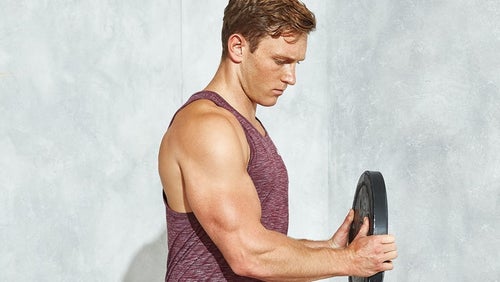
The 6 Best Bicep and Tricep Exercises for Mass
There's more to arm day than bicep curls, trust us.
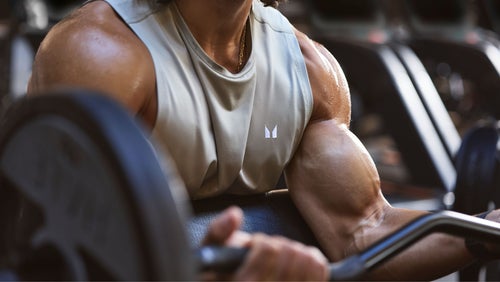
Push Pull Legs Routine | The Best Mass-Building Workout Split
Try this very simple training method.

